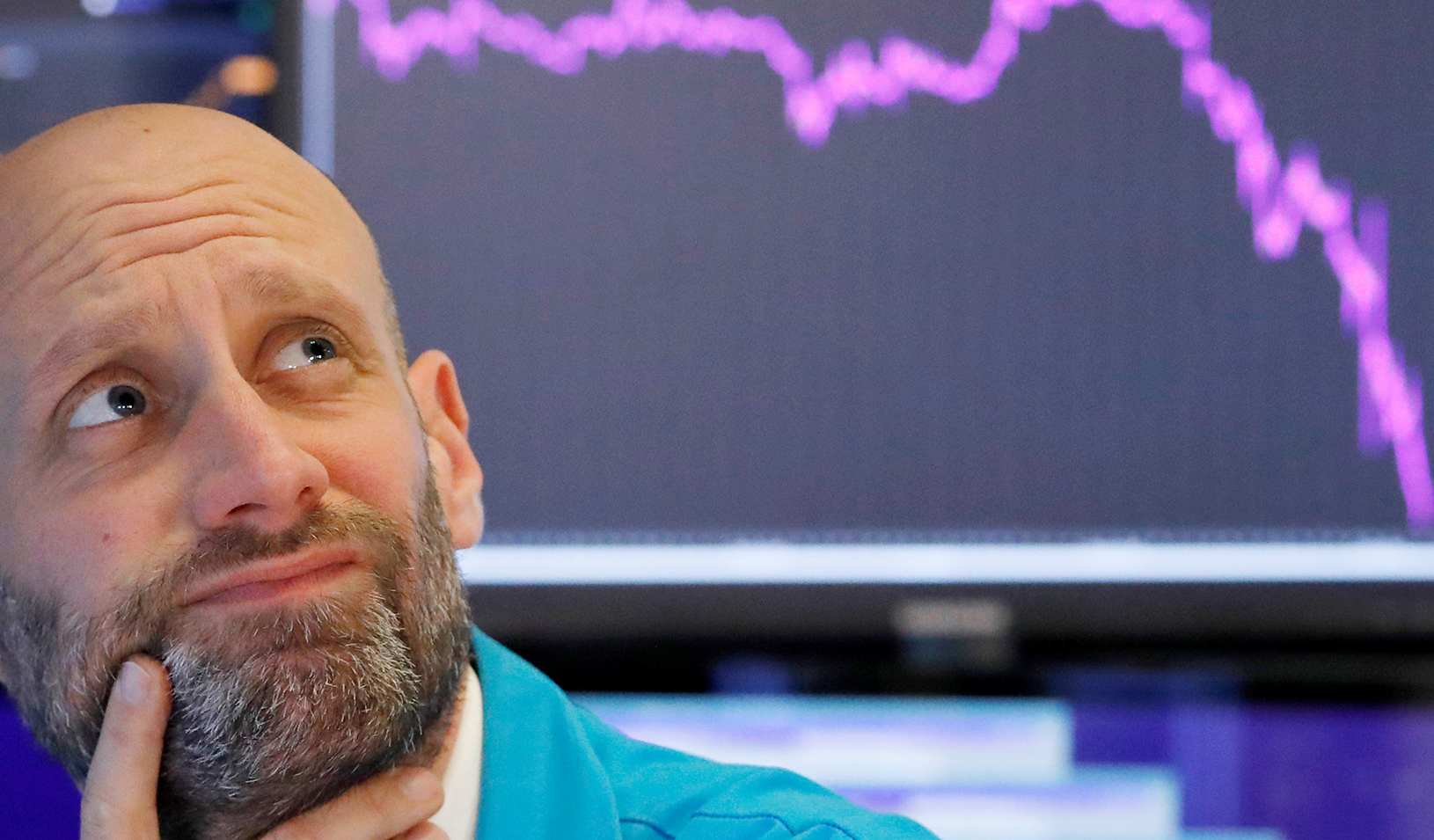To flip an old adage on its head: If something sounds too bad to be true, then maybe it isn’t.
That may have been the case with the boom and bust in Chinese companies that went public in the United States through “reverse mergers” or “backdoor listings.”
That boom in Chinese reverse mergers, in which privately-held Chinese companies went public in the United States by merging with U.S. publicly-traded shell companies, was initially fueled by the difficulties of going public in China. But a series of financial scandals in 2011 abruptly turned the boom into a bust.
Short-sellers published scathing reports, regulators cracked down, and investors ran for the exits. More than 20 China-based companies were delisted in the span of a few months. In a blunt warning to investors in June 2011, the SEC highlighted six Chinese stocks as examples of the risks posed by reverse mergers in general and Chinese deals in particular.
Chinese reverse mergers performed better than other publicly traded companies of similar size and in the same industry, according to new research by Professor Charles Lee. (Associated Press photo by EyePress)
But new research indicates that American investors and officials may have overreacted. The study, led by Charles Lee, professor of accounting at Stanford Graduate School of Business, found that Chinese reverse mergers performed much better than their reputation. In fact, they performed better than other publicly traded companies of similar size and in the same industry. “There are definitely some bad apples, but there are also some pretty darn good ones,” says Lee, who teamed up with Kevin Li at the University of Toronto and Ran Zhang at Peking University.
Reverse mergers are often described as an inexpensive “back-door” way of taking a company public, but they have a sketchy history in the United States.
In a reverse merger, a private company merges with a publicly traded shell corporation that has virtually no assets or business of its own. Many shell companies are the remnants of failed companies, though some are created from scratch for the single purpose of merging with an existing private company.
For the private company, reverse mergers make it possible to go public without preparing an elaborate prospectus and going through an initial public offering, which can cost as much as 12% of the money being raised. Once the merger is complete, the newly public company can use its publicly traded shares as currency for acquisitions or to raise new money through secondary stock offerings.
Reverse mergers existed long before the big wave of Chinese companies. Most have been penny stocks, which trade through over-the-counter “pink sheets” rather than over an exchange. Their survival rates have not been great.
But Chinese reverse mergers were different, Lee says. In part, because China’s IPO market was (and still is) highly restricted, many companies that would have been qualified to go public couldn’t get approval in China. As a result, the Chinese companies that came to the United States through reverse mergers were more mature, better capitalized, and more promising than their American counterparts.
Lee says the Chinese advantage appeared across a wide range of measures, from stock performance to profitability, cash flow, debt ratios, and the likelihood of having a “qualified” (meaning troubled) auditor’s opinion.
More surprising, Lee found, the Chinese reverse-merger companies performed better as a group than other publicly traded companies that were of similar size, in the same industry, and traded over the same exchange.
“Contrary to popular media perception, we find no evidence that CRMs are systematically more problematic than similar firms already trading on the same exchange,” he and his colleagues wrote.
The researchers didn’t gloss over the fraud. In analyzing the performance of some 150 Chinese reverse mergers started under U.S. laws, they carefully included as many firms that had been accused of fraud — 42 firms — as they could find.
Even with the scandal-tainted companies, however, the overall results of Chinese reverse-merger firms were good when compared to similar companies that were already public-traded. Many of them graduated from the pink sheets to listings on the NASDAQ and other exchanges. They experienced growth and increased profits.
When investors and public officials soured on the area in the second half of 2011, more than 40 Chinese companies sought and found the resources to take themselves private again. Some investors are beginning to reconsider the blanket hostility. Seeking Alpha, a well-respected investing blog, recently argued that one Chinese reverse merger, China Green Agriculture, had been “unduly tarnished” and was now “grossly undervalued.”
One Chinese company, CleanTech Innovations, actually got some official vindication. CleanTech, a company based in Liaoning Province that makes wind turbines, sued NASDAQ after abruptly being delisted in 2011. This past July, in a rare reversal, the SEC and NASDAQ agreed that the delisting had been unfounded and set it aside.
At least for the time being, Chinese companies feel badly stung and are staying away from reverse mergers. A new SEC rule makes it harder than before, requiring that a company wait at least a year after a reverse merger before it seeks a listing on an exchange.
Lee says that’s a sign that Americans were too quick to condemn and too quick to squander an opportunity for both nations: “Today, most promising Chinese firms are not coming to the U.S. If anything, the flow has reversed. Many that had been here are going home. When you think about how important the bilateral relationship is between the U.S. and China, how can this be a good thing? If there are a lot of good Chinese companies begging to find capital, and a lot of U.S. investors who are looking to invest, surely we can find a better solution.”
Charles M. Lee is Joseph McDonald Professor of Accounting at Stanford Graduate School of Business.
For media inquiries, visit the Newsroom.






